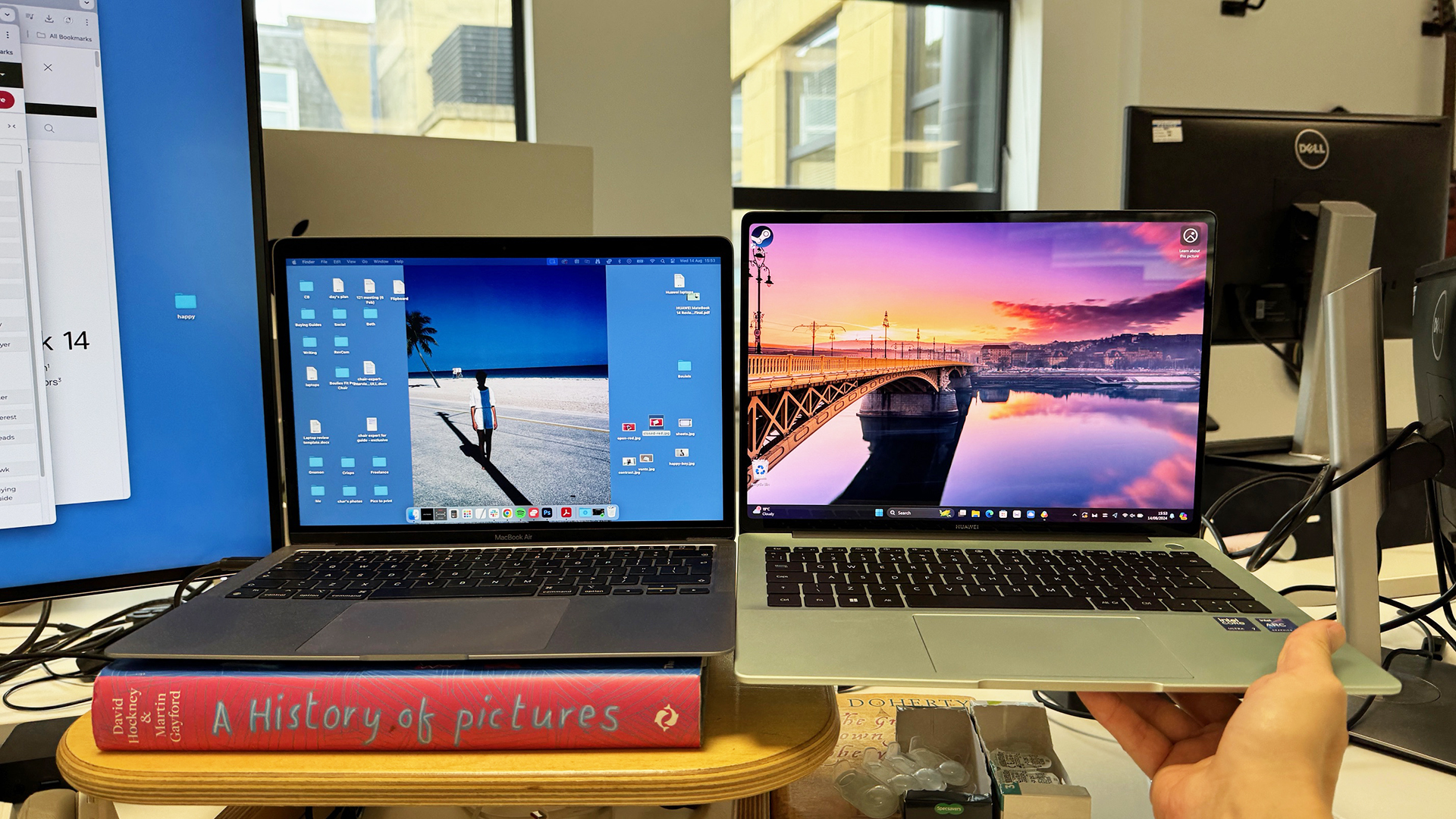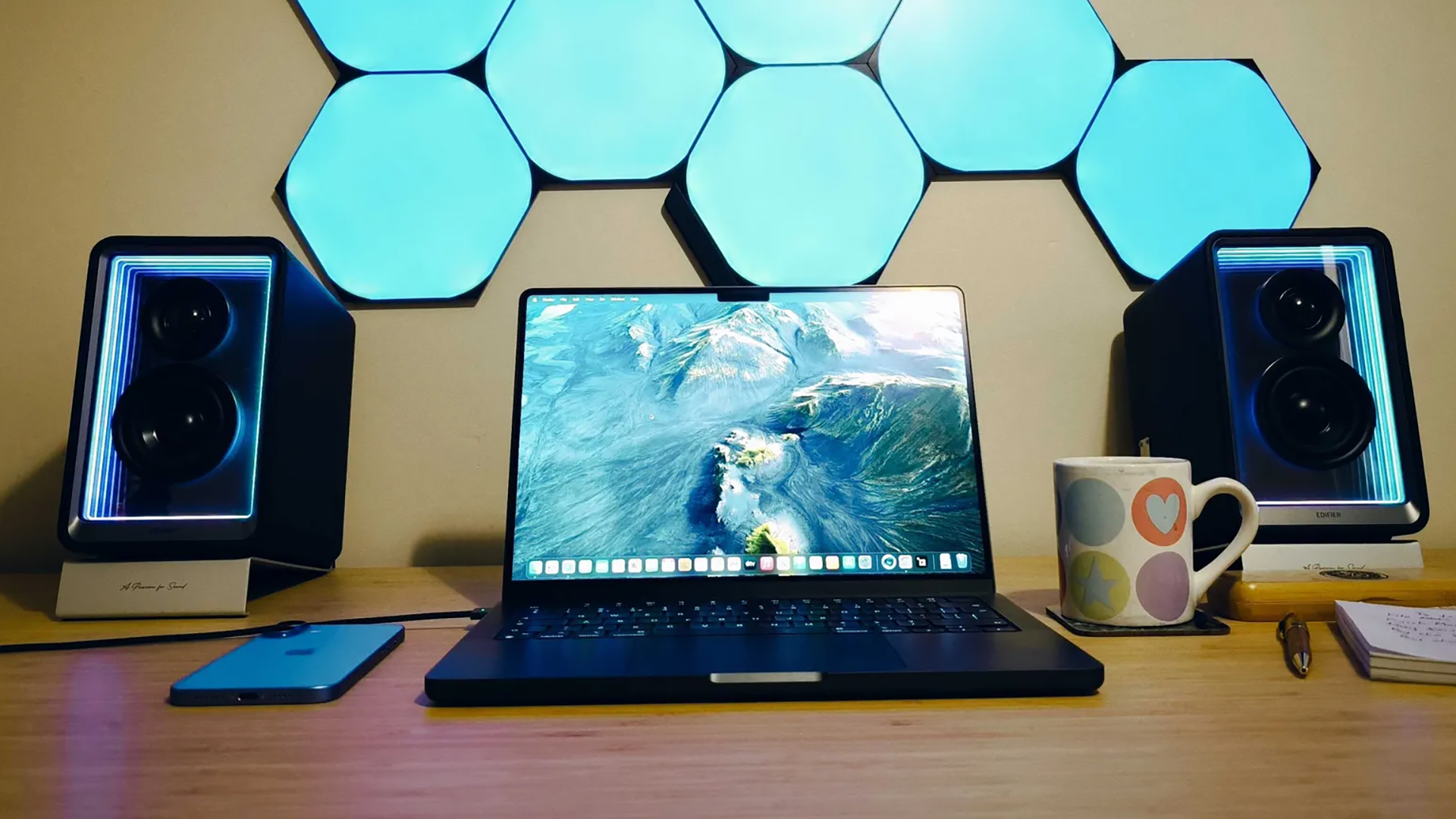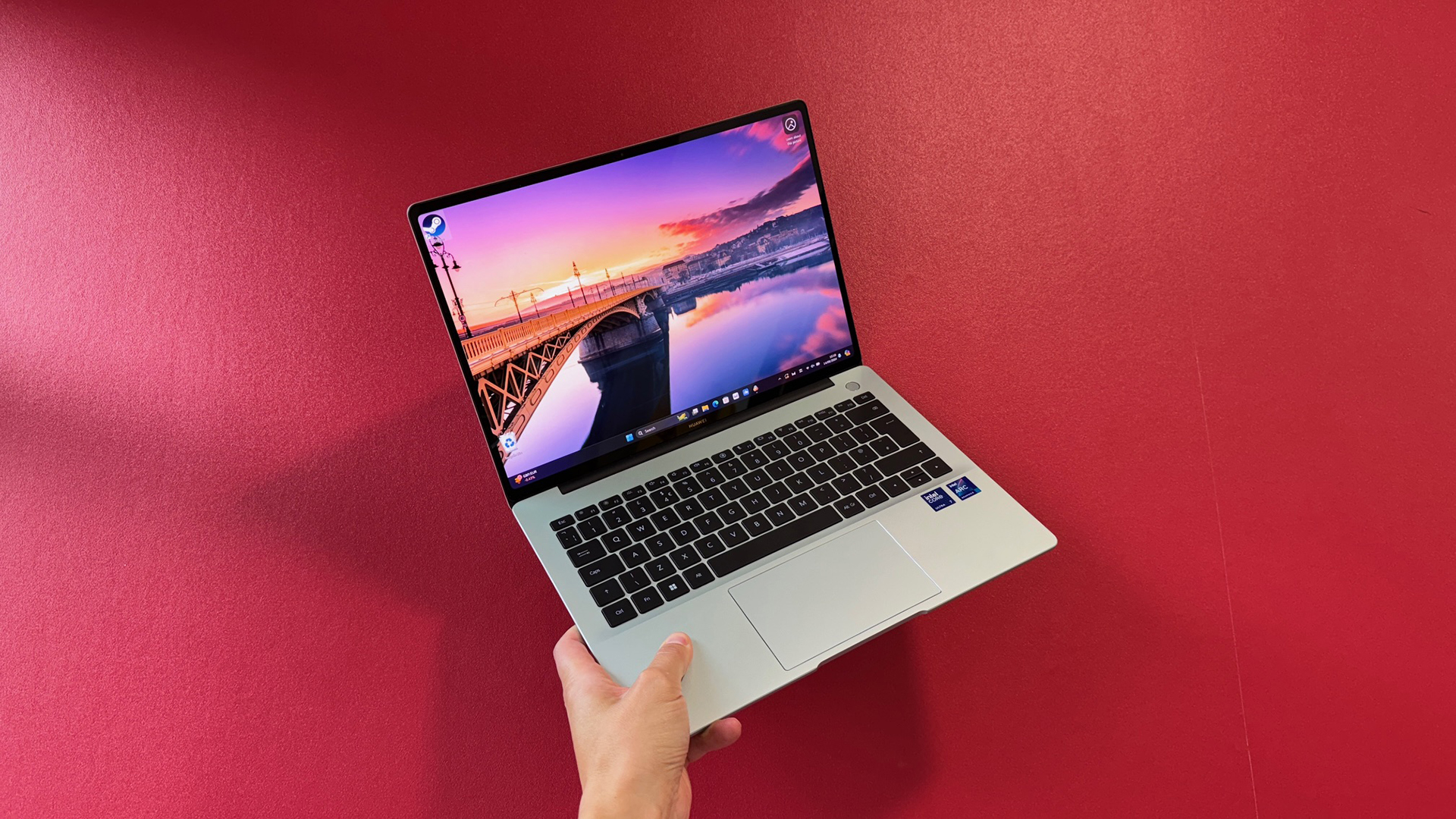
We love bright and beautiful laptops here at Creative Bloq, and we’d generally agree with the consensus that OLED (Organic Light-Emitting Diode) screens can offer some of the most beautiful options out there. Add to this that after three years of rumours, it looks like Apple is set to add this technology to its flagship laptops in 2026, and you’d expect we'd preemptively be rejoicing the coming of the new best laptop for graphic design. But I'm a little hesitant...
At Creative Bloq we cater to digital creatives by covering laptops for video editors, photo editors, programmers and graphic designers – of all abilities and with all budgets. So although the MacBook Pros switch from mini-LED display to OLED is exciting, it's not necessarily going to be better for every user. After all, there is no one perfect laptop for every creative. So let's look at the pros and cons of the proposed MacBook Pro OLED, with creatives in mind.

MacBook OLED: Pros
OLED displays – including the best monitors for MacBook Pro – offer superb contrast ratio, perfect blacks and wide viewing angles, and great colour accuracy. They are self-emissive displays, so the panel produces its own lights, where other displays like LEDs need a separate backlight. That means, with no backlight, they can be slimmer than other backlit laptops and so a bit more portable.
If you've watched a film or TV show on an OLED display, you'll know how good the image can look: rich colours, with black blacks, noticeably good contrast, and in full HD or ultra HD (4K), crisp, super detailed image quality. As the current crop of MacBook Pros and Airs range from 2K to around 4K, we can expect similar if not better resolutions for the new range.
And for creatives that want to work on making a film instead of watching one (or indeed work on photos or designs), OLED displays offer some great advantages too. Colour accuracy is great with OLED, which is essential for creatives.
So, what are we even discussing here?! OLED is clearly the best possible thing to ever happen to laptops, right? 'Shut up and take my money,' I hear you cry!

MacBook OLED: Cons
The main reasons I'd hesitate when buying a MacBook Pro OLED in 2026 are matters of brightness, risk of burn in, and the price... Oh, and the fact that the current MacBook Pro screens already look gorgeous and are geared for creatives!
The main contender to OLEDs in laptops is LCD (Liquid Crystal Display). Apple have taken theirs to the lab and come out with the Liquid Retina display, which uses mini-LED backlighting. That's an improvement from standard LED technology, offering thousands of LEDs instead of several. That all means the current MacBook Pros enjoy improved contrast, better local dimming, and excellent colour gamut and accuracy, not to mention better power efficiency. That is, many of the things that an OLED does better than a standard LCD display.
One thing that OLED doesn't do better than LCDs is brightness. Traditionally, OLEDs have a limited brightness to reduce the wear of the display, and though OLED technology has improved in recent years, LCD panels still offer higher max brightness. That's super important to many creatives such as photo and video editors.
Then there's the risk of burn in. As each pixel is lit in an OLED panel, individual emitters gradually dim out over time, and when they dim out unevenly, it gives the impression of an image burning into the display. There are ways to prevent this, such as regularly changing up the imagery you have on screen, but if you're a coder wanting to get the best MacBook for programming, who will have static imagery up on screen for long periods of time, an OLED screen isn't ideal.
Perhaps the main hesitation I'd have in picking up an OLED MacBook Pro is the price compared with what you're getting from the current mini-LED models this year. I think Apple will be betting on people thinking that 'OLED' simply means 'better', and will either wait until next year to upgrade, or simply upgrade from last generation to the OLED model. If you're a creative, especially a programmer, it just might not be the best Apple MacBook Pro option available.
Bottom line
The thing is, there's a risk of spec reviewing here. Looking at the proposed spec pros and cons of OLED vs Apple's current displays and coming to a conclusion. In real life, some people may find the lower brightness of an OLED absolutely fine for work. It may also turn out that Apple stuns everyone and offers the new OLED MacBook Pro for a lower-than-expected-price (ha!). Bottom line is, there's lots of unknowns here. All I'm certain of is that just adding OLED tech to the MacBook Pro range won't automatically make it the best thing since sliced bread, so for me, as a long-time Apple user and fan, I think it wise to temper my expectations.







